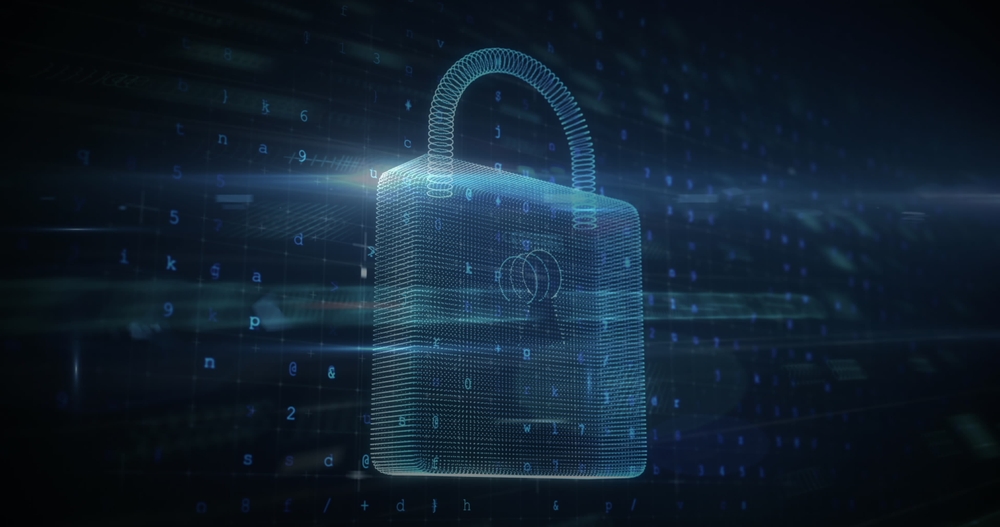Comprehensive Guide to Information Security in 2024
Introduction
Information Security in 2024: As the digital landscape continues to evolve, so do the threats to information security. In 2024, businesses must stay ahead of the curve by implementing robust information security measures to protect their data from an increasing number of cyber threats. This comprehensive guide will explore the latest trends, strategies, and best practices in information security to help organizations safeguard their valuable information.
The Evolving Landscape of Information Security in 2024
In 2024, information security has become more critical than ever, with cyber threats growing in sophistication and frequency. Businesses face challenges such as ransomware attacks, phishing schemes, insider threats, and vulnerabilities in cloud computing. To stay protected, organizations must adopt a proactive approach to information security, continuously updating their strategies and technologies to address new threats.
H2: Key Information Security Trends in 2024
1. Zero Trust Architecture
Zero Trust is becoming the standard approach to information security in 2024. Unlike traditional security models that focus on perimeter defenses, Zero Trust assumes that threats can exist both inside and outside the network. This model requires strict identity verification for every person and device attempting to access resources on the network, regardless of their location.

2. AI and Machine Learning in Cybersecurity
Artificial Intelligence (AI) and Machine Learning (ML) are playing a pivotal role in enhancing information security. These technologies can detect patterns in data, identify anomalies, and predict potential security breaches before they occur. In 2024, AI-driven security tools are essential for automating threat detection and response.
3. Cloud Security Enhancements
As more businesses migrate to the cloud, securing cloud environments has become a top priority. In 2024, we see advanced cloud security solutions that include encryption, identity management, and continuous monitoring to protect data stored in cloud platforms.
4. The Rise of Ransomware-as-a-Service (RaaS)
Ransomware attacks have evolved into a significant threat, with Ransomware-as-a-Service (RaaS) becoming more prevalent. This model allows even non-technical cybercriminals to launch sophisticated ransomware attacks. To combat this, businesses must implement comprehensive backup and disaster recovery plans, alongside robust anti-ransomware defenses.
Implementing a Strong Information Security Framework
To protect sensitive data, businesses must implement a comprehensive information security framework that addresses the full spectrum of potential threats.
1. Risk Assessment and Management
Begin by conducting a thorough risk assessment to identify vulnerabilities in your organization’s IT infrastructure. Regularly update your risk management strategies to address new and emerging threats. Prioritize the protection of critical assets and ensure that all security measures align with your organization’s risk tolerance.
2. Data Encryption
Encryption is a cornerstone of information security. In 2024, businesses must ensure that all sensitive data is encrypted both at rest and in transit. This includes data stored on servers, in the cloud, and transmitted across networks. Implement strong encryption protocols to prevent unauthorized access to your data.
3. Identity and Access Management (IAM)
Effective IAM practices are essential for controlling who has access to your organization’s information. Implement multi-factor authentication (MFA) to add an extra layer of security, and regularly review access controls to ensure that only authorized individuals can access sensitive data.
4. Incident Response Planning
No matter how robust your security measures are, breaches can still occur. An effective incident response plan is critical for minimizing the impact of a security breach. This plan should outline the steps to take in the event of a breach, including communication protocols, containment strategies, and recovery processes.
Best Practices for Information Security in 2024
1. Employee Training and Awareness
Employees are often the first line of defense against cyber threats. Regularly train your staff on the latest security practices, such as recognizing phishing attempts and following safe password practices. Phishing simulations and other interactive training methods can help reinforce these lessons.
2. Regular Security Audits
Conducting regular security audits is essential for identifying potential weaknesses in your information security framework. These audits should include vulnerability assessments, penetration testing, and reviews of security policies and procedures.
3. Compliance with Regulations
Ensure that your organization complies with all relevant data protection regulations, such as the General Data Protection Regulation (GDPR) or the California Consumer Privacy Act (CCPA). Non-compliance can result in hefty fines and damage to your business’s reputation.
4. Third-Party Vendor Security
Many data breaches occur through third-party vendors with access to your network. In 2024, it is crucial to assess the security practices of all third-party vendors and ensure they meet your organization’s security standards. Implement contractual obligations that require vendors to adhere to stringent security measures.
Conclusion
Information Security in 2024: Information security in 2024 requires a proactive and adaptive approach. By staying informed about the latest trends, implementing a robust security framework, and adhering to best practices, businesses can protect themselves against the ever-evolving threat landscape. As cyber threats continue to grow in complexity, organizations must prioritize information security to safeguard their data, maintain customer trust, and ensure long-term success.
For more information on IT services and Information Security in 2024 solutions, visit NABCO IT Services.
Information Security in 2024; For professional assistance with data security, contact us to ensure your organization is protected with the latest security measures.
Read more related articles to enhance your knowledge
What is Data Security? The Ultimate Guide
Why Data Security Matters: Protecting Your Information in a Digital World



